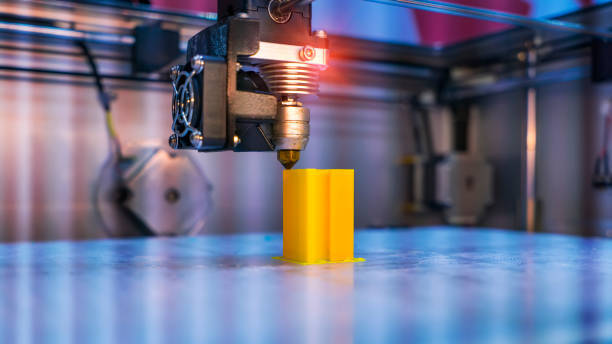The oil and gas sectors have always needed to be faster to act when adopting new tech. Unsurprisingly, this resistance to technological change has left petroleum providers lagging far behind in additive manufacturing. Otherwise known as manufacturing by 3D printing, additive manufacturing allows companies to make their precision equipment parts and other useful three-dimensional objects from materials that range from plastic to metal.
Benefits of Additive Manufacturing
The global digital manufacturing solutions provider Immensa is determined to bring the benefits of additive manufacturing to the largely untapped and underserved petroleum industry. As part of its overarching mission to “take physical spare parts and dematerialize them into the digital, on-demand world,” Immensa is reaching out to oil and gas companies with additive manufacturing solutions that have “the power to transform how parts are created and optimized.” The Immensa engineering team works closely with each of its partners in the petroleum industry to determine exactly what additive manufacturing can do for them and their company operations.
While the specific advantages of additive manufacturing will vary quite significantly from petroleum company to petroleum company, Immensa has a proven track record of helping its oil and gas clients…
- Extend the lifespan of older equipment by providing obsolete parts that are no longer in mass production.
- Reduce inventory need for long-tail parts that exist in low volumes and are generally hard to find.
- Reduce the lead time necessary to acquire and replace critical parts
- Improve parts’ form, function, and performance by redesigning for precision fit and exact needs.
While leveraging the power of additive manufacturing to provide these specific services, Immensa has identified several general benefits that are common to all of its oil and gas industry clients. In addition to offering the flexibility to optimize the production of existing products, additive manufacturing part production can greatly aid in developing new products by providing extreme versatility during the design stage and dramatically reducing the time needed to prototype, build, test, and validate promising products.
Reducing Costs
Whether used for prototyping or full manufacturing, additive manufacturing allows companies to produce low volumes of specific parts and units at a reasonable price. In the petroleum industry, extremely expensive and lengthy tooling processes make traditional manufacturing impractical if not downright impossible, for low-volume output. On the other hand, additive manufacturing offers low-volume production at a dramatically reduced cost.
On a macro level, additive manufacturing leads to far more efficient inventory management and supply chain logistics for companies in the petroleum sector and beyond. By transitioning to digital inventories in digital CAD (computer-aided design) models, companies can bring parts and units to life at will through the technological wizardry of 3D printing. By extending the effective lifespans of deteriorating and damaged parts and eliminating the need to order and ship new parts, additive manufacturing reduces dependency on global shipping and logistics networks that are woefully overstrained.
WorldWide Technology
Despite their reluctance to adopt new technology, oil and gas companies worldwide are slowly beginning to wake up to the tremendous value of additive manufacturing. From ongoing petroleum market instability to the rapid global transition to other energy sources, industry stakeholders are taking more drastic measures to reduce operational costs.
The World Economic Forum recently reported that the oil and gas industries stand to save $30 billion in operational costs by embracing state-of-the-art additive manufacturing technology. If a difficult-to-replace part fails at the wrong time, additive manufacturing can prevent unplanned downtime that might result in an additional loss of billions.



 Bitcoin
Bitcoin  Ethereum
Ethereum  Tether
Tether  XRP
XRP  USDC
USDC  Solana
Solana  TRON
TRON  Lido Staked Ether
Lido Staked Ether  Cardano
Cardano  Avalanche
Avalanche  Toncoin
Toncoin